Our canine friends do a lot for us humans. They provide us comfort, act as our best friend, and, most importantly, give us someone to depend on, and vice versa. However, some pups also have special talents, which can be rather helpful. Certain dog breeds have a nose for tracking, hunting, searching, and retrieving. These breeds, such as bloodhounds, have an exceptional sense of smell and are often used in search and rescue missions or for detecting illegal substances. Others, like German Shepherds, are known for their intelligence and are often trained as guide dogs or police and military dogs. With their unique abilities, these talented canines play a crucial role in various fields and contribute themselves and their gifts to the world, making them some of the best tracking dogs.
Have you ever wondered how animals get so good at tracking down what they’re looking for by scent alone? New computer modeling research finds that this seemingly random behavior among foraging mammals is actually all part of a clever scent strategy that takes advantage of the physics of how odors travel through the air and along the ground. Through a series of experiments, a computer-simulated animal designed to track and locate a scent as quickly as possible would alternate between sniffing the air and casting along the surface of the ground to find the smell! The more you know, right? Now, the next time you’re out for a stroll with your pup, maybe this will give you a bigger insight into their behavior.
There are some pretty powerful trackers in the world of dogs to note about as well when on the subject. Freya, a highly skilled sniffer dog, is leveraging her abilities to help conserve the greatly endangered great crested newts. This six-year-old English springer spaniel can detect the presence of these semi-aquatic creatures with her powerful nose, even when they’re hiding underground, according to scientists. Freya was deployed to understand how environmental factors specific to great crested newts might influence their detectability. She was tested across various distances and land types — including sandy or clay soil with or without vents, common in mammal burrows. Over 16 trial runs, Freya was able to detect great crested newts across the full range of distances, starting from two meters away. Despite two false positives during the initial trials, her overall success rate stood at an impressive 87 percent!
Freya is just one of the many talented dogs known for their tracking abilities. The list below will give you more insight into the breeds that excel in tracking and hunting. As always, we at StudyFinds have researched across 11 expert sources to bring you today’s list of the best tracking dogs that were recommended most. Don’t agree with our list or feel we missed out on a breed? No worries, we would love to hear from you in the comments down below!
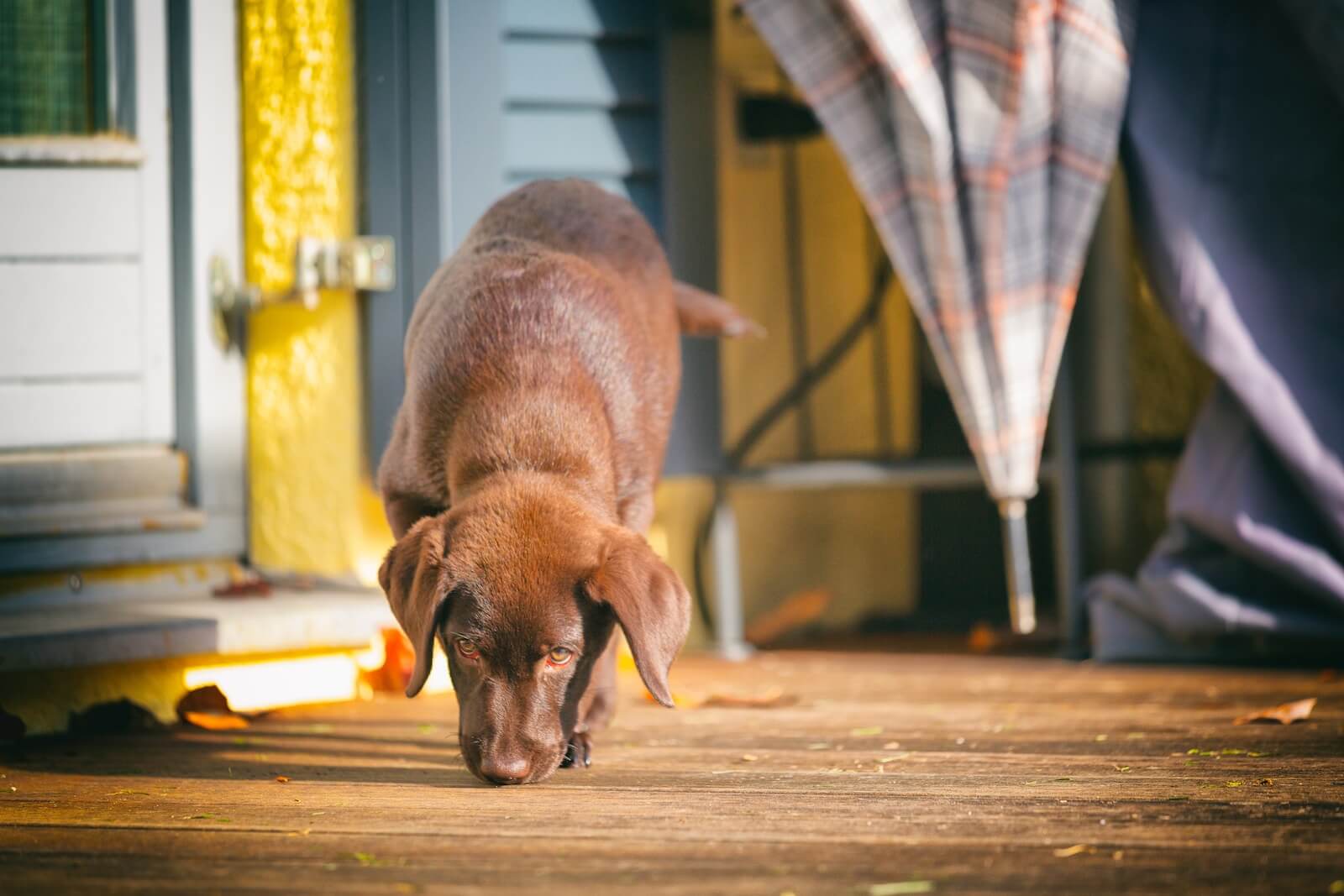
The List: Best Tracking Dogs, According to Pet Experts
1. Bloodhound
It may be the obvious choice, but it is obvious for a reason. First up is the Bloodhound! “This is the first dog every person immediately thinks of when tracking dogs are mentioned. Known for their intense tracking ability, the Bloodhound easily secured first place on our list. Bloodhounds also do not bite, making them incredibly useful when searching for missing children. The downside of the Bloodhound is that it can only search for humans, which is why police opt for the German Shepherd,” says Sit Stay.
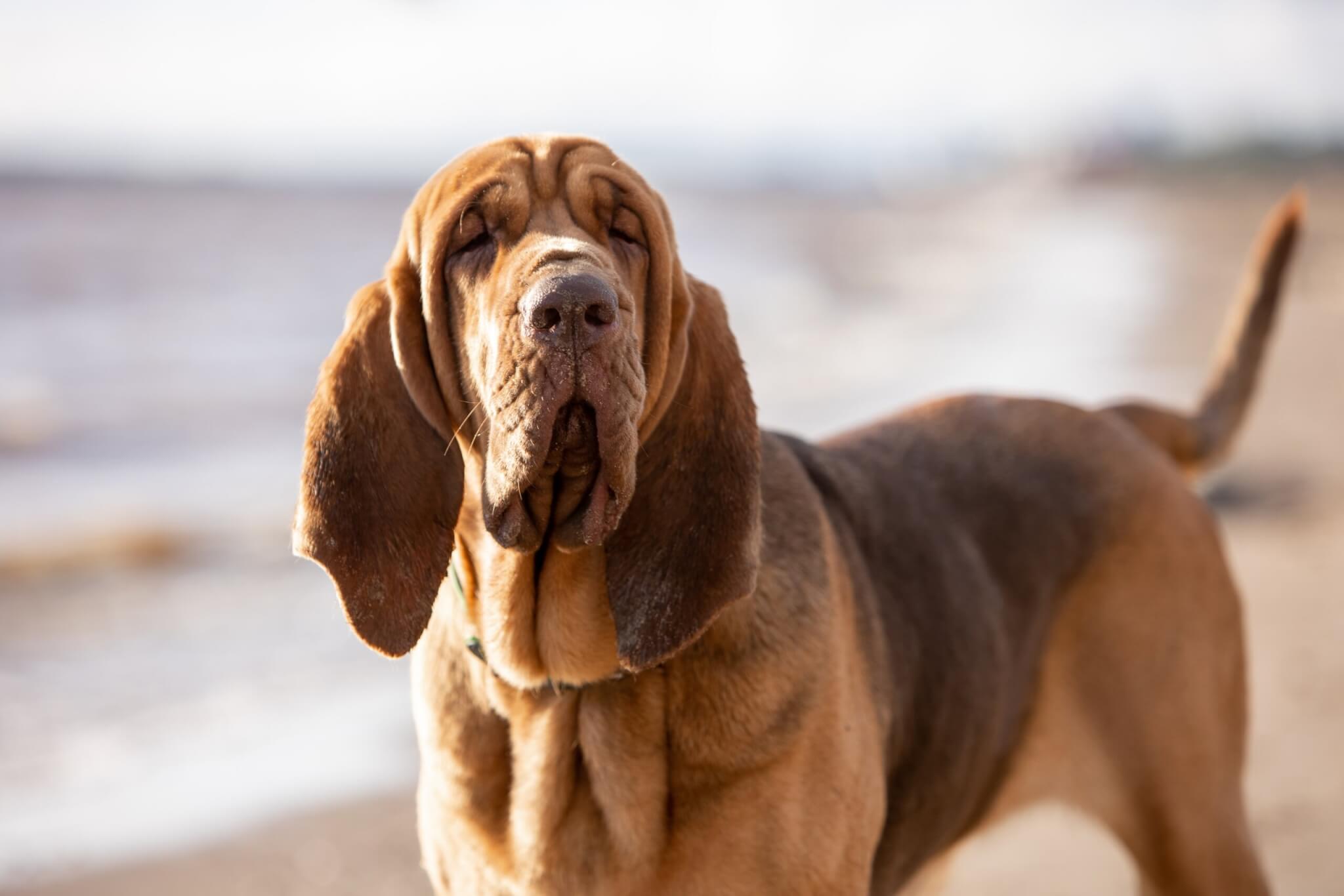
Why are these pups so good at tracking? “Bloodhounds are highly efficient trackers and are widely used by hunters to track deer. These scent hounds were originally bred for hunting large game like deer and boars and are extremely persistent once they catch a scent. They are also famous for effortlessly pursuing cold trails that other dogs aren’t able to track. They also have a keen sense of hearing, which helps them while tracking prey. Even though they are quite relentless on a hunt, they make very loving and obedient companions to humans. They have a gentle nature and make good pets for families,” writes Pets Roof.
According to Dog Time, “This giant hound has 300 million scent receptors — more than any other breed. They are famed for their man-trailing abilities and are so reliable their evidence is admitted in court. Bloodhounds can not only follow a scent on the ground, but they can also smell air scent. Like their cousin, the Basset, they are built to be the perfect tracking dog, with a large, long head; a nose with large, open nostrils; long ears that sweep the scent upward from the ground; and a cape of loose skin around the head and neck to trap and retain the scent. Last but not least, the Bloodhound’s stamina and persistence make them a superior trailing dog.”
2. German Shepherd
The second spot on our list is dedicated to the mighty German Shepherd, a breed of working dog that originates in Germany. “The German Shepherd is amongst the most popular dog breeds in the United States. Their ability to excel in different fields as working dogs is exceptional. They have a strong sense of duty and are goal-driven, which are ideal characteristics for a tracking dog,” notes Too Cute Dogs.
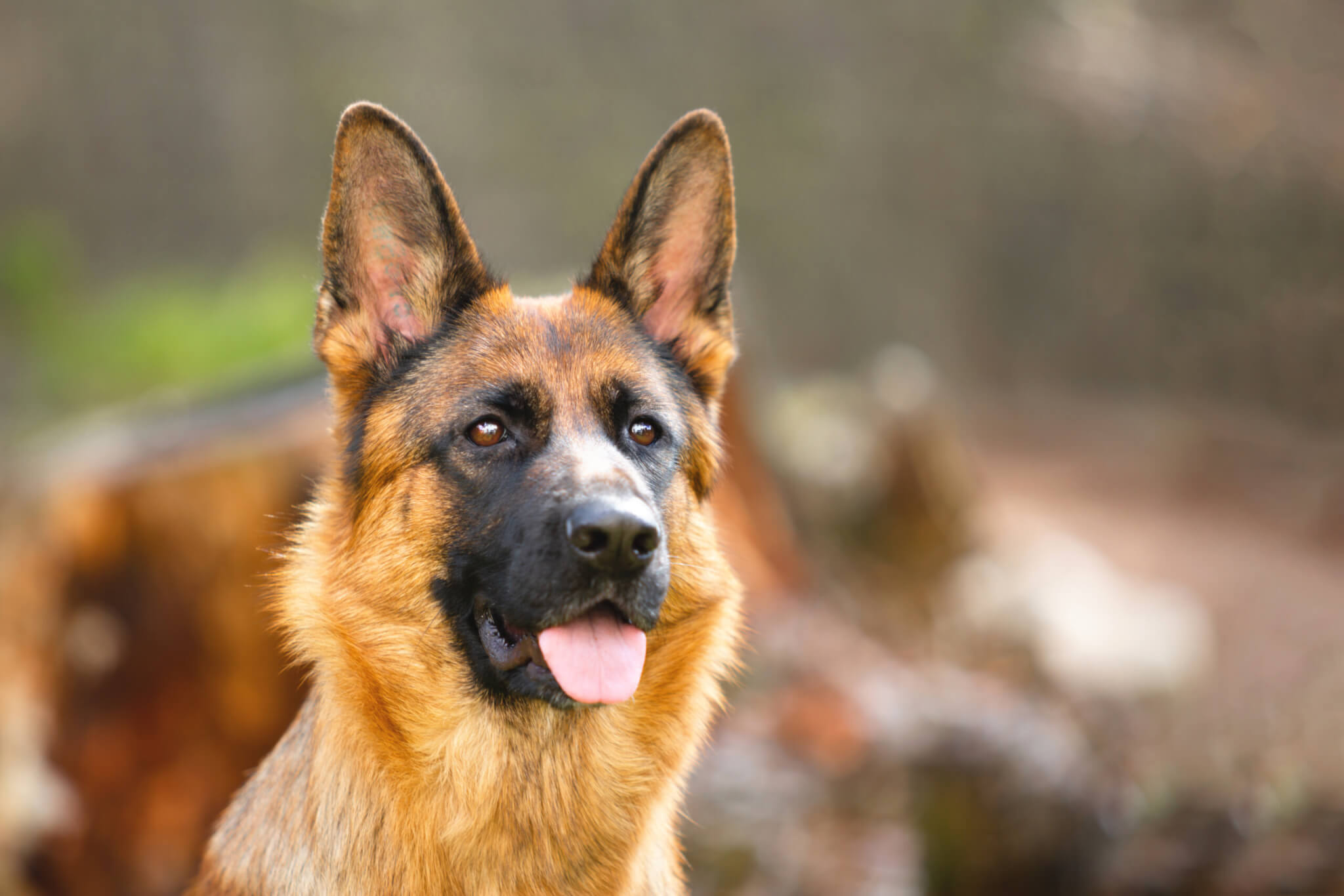
Why does this breed stand out? “Even though the Bloodhound tops our list as the best tracking dog, the confident, loyal German Shepherd comes in as a close second on our list and is the favored breed for military and police forces around the world. What separates this tracking dog from the Bloodhound is its aggression, trainability, and ability to follow commands, which is slightly higher than the Bloodhound. Its ability to detect drugs and bombs, on top of humans, adds to its preferred status, and this dual purpose nature makes the German Shepherd the hybrid choice for tracking,” reports Sit Stay.
For more on the breed’s history: “This well-known herding breed is said to have 225 million scent receptors in their nose. Certainly, one of the things they’re known for is their ability to air scent. Rather than keeping their nose to the ground, they cast about for human scent that is carried by the wind. A good German Shepherd is highly versatile, and many are employed by the police, military, and search and rescue groups,” adds Dog Time.
3. Beagle
The Beagle owns the third spot on today’s list. “The Beagle will do whatevfur it takes to finish a tracking session successfully while continuing to be a happy-go-lucky and perky pup. In fact, they have superior sniffers like the hounds and a desire to please you, so they will not be ready to go home until they find what they are looking for,” explains Wag!
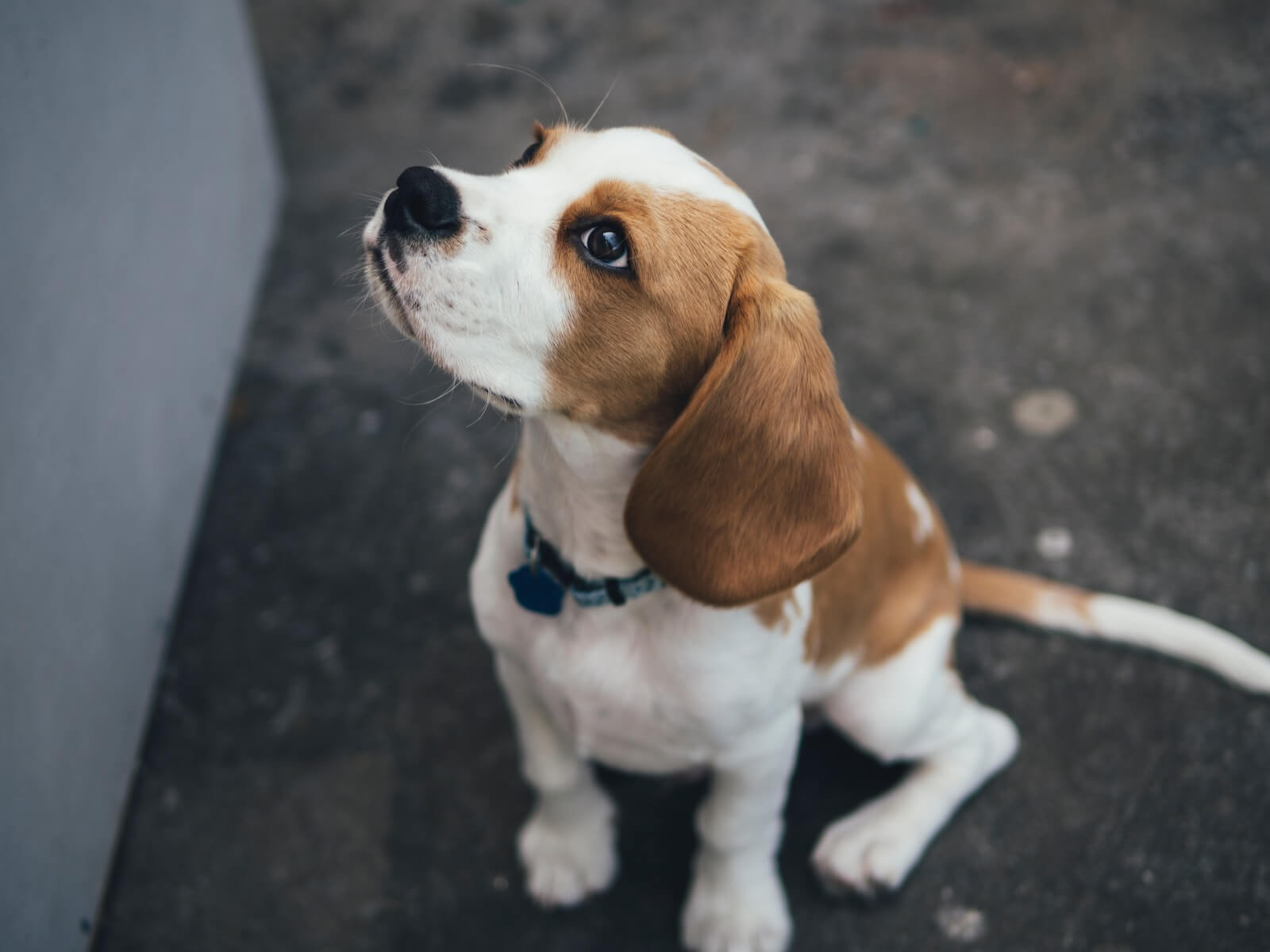
Known for being a small to medium-sized breed of dog that is friendly and sociable. “They might be one of the smallest of the hound breeds, but the Beagle has just as many scent receptors as the German Shepherd. Many of the merry little hounds follow air and ground scent. The Beagle’s scenting ability makes them popular not only with hunters but also with the USDA’s Animal and Plant Health Inspection Service, which employs dogs to detect contraband (especially food items) in airports. Beagles who have been on the job for a while have a 90 percent success rate and can recognize nearly 50 distinct odors,” states Dog Time.
“The smallest of the hounds, the Beagle, is a superb tracking dog because he can get close to the ground. Beagles have a curious, friendly temperament that makes them good at staying focused on their goal. Although you might think police dogs should be large, the small, friendly beagle has become a popular choice for police work,” describes A-Z Animals.
4. Belgian Malinois
The Belgian Malinois takes the number four spot. Originating from Belgium, this breed is “commonly employed by police and military forces, and as search and rescue dogs, they are also well known for their keen sense of smell. Among the breed’s talents are the ability to sniff out explosives, prostate cancer, and cheetah scat,” notes Dog Time.
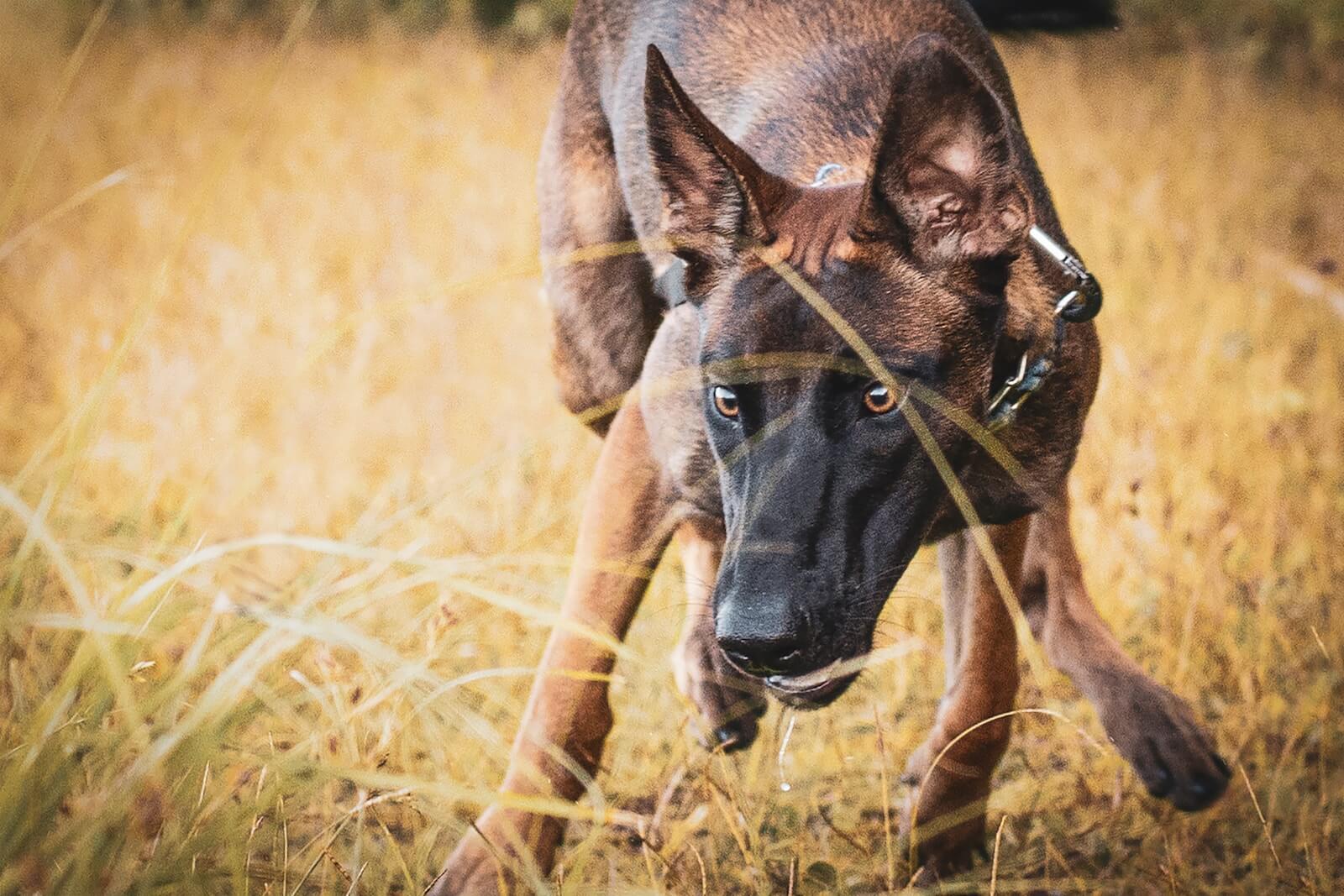
These dogs are known as a versatile and intelligent breed that has exceptional working abilities. “Belgian Malinois has the natural potential to excel in various working dog positions. Today, they are generally used as police and military dogs. If they are trained correctly, Belgian Malinois can be excellent tracking dogs,” adds Too Cute Dogs.
They do look a lot like German Shepherds, with similar characteristics. “From stock herding in Belgium in the 1800s, this scent dog has come a long way. Playful and affectionate, the Malinois makes a great family dog, but their true specialty is in their woofderful sense of smell. Often used by police and military, this doggo can sniff out and track people, explosives, and even cancer,” reports Wag!
5. Coonhound
The Coonhound is next up! “These lean, lanky dogs were bred for hunting, which means they’re capable of sustaining their energy for miles of running and searching. They have a powerful sense of smell and a long nose that can pick up any scent. Coonhounds will follow a scent trail with a single-minded purpose. They’re also intelligent, friendly, and loyal companions,” says A-Z Animals.
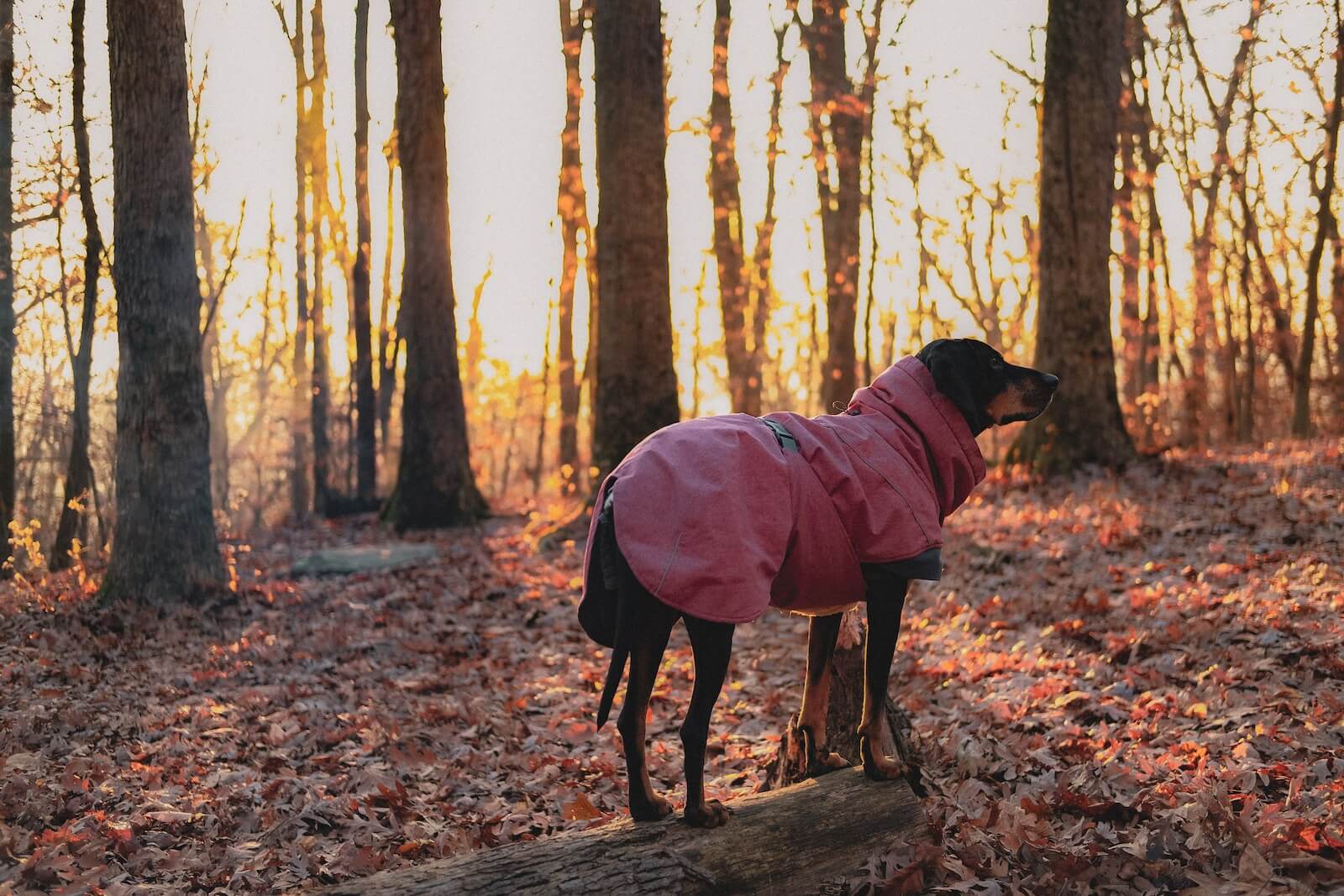
The Coonhound is a versatile and highly skilled hunting dog breed known for its exceptional scenting abilities and endurance. “Coonhounds are the best dogs when it comes to tracking raccoons. They were specifically bred to sniff raccoons. They are fast to alert owners on any usual occurrence nearby or when there is a raccoon around. Knowing this, it should be clear that walking a Coonhound without a leash is not an option. As tracking dogs, Coonhounds are best suited for rural areas or spacious homes when they have more than enough space to run and track. They need great outdoors to thrive, so bear that in mind before you get this breed,” writes Barking Royalty.
“The Coonhound is another breed that is commonly used for deer tracking. These dogs are known for their ability to track game over rough terrain, making them a great choice for hunters. Coonhounds have a strong sense of smell and an excellent ability to follow a trail, making them a great choice for deer tracking,” adds Dog Food Think.
6. Basset Hound
Next is the Basset Hound, known as a charming and distinctive breed of dog that is instantly recognizable by its long, droopy ears and soulful, melancholic expression. “Of French origin, the Basset is built to follow a scent trail. They are low to the ground — hence their name, from the French word bas, meaning ‘low’ — and their long, heavy ears sweep the ground, bringing scent upward to their powerful nose. The loose skin beneath their chin, known as a dewlap, helps to trap the scent, keeping it easily accessible as they work,” notes Dog Time.
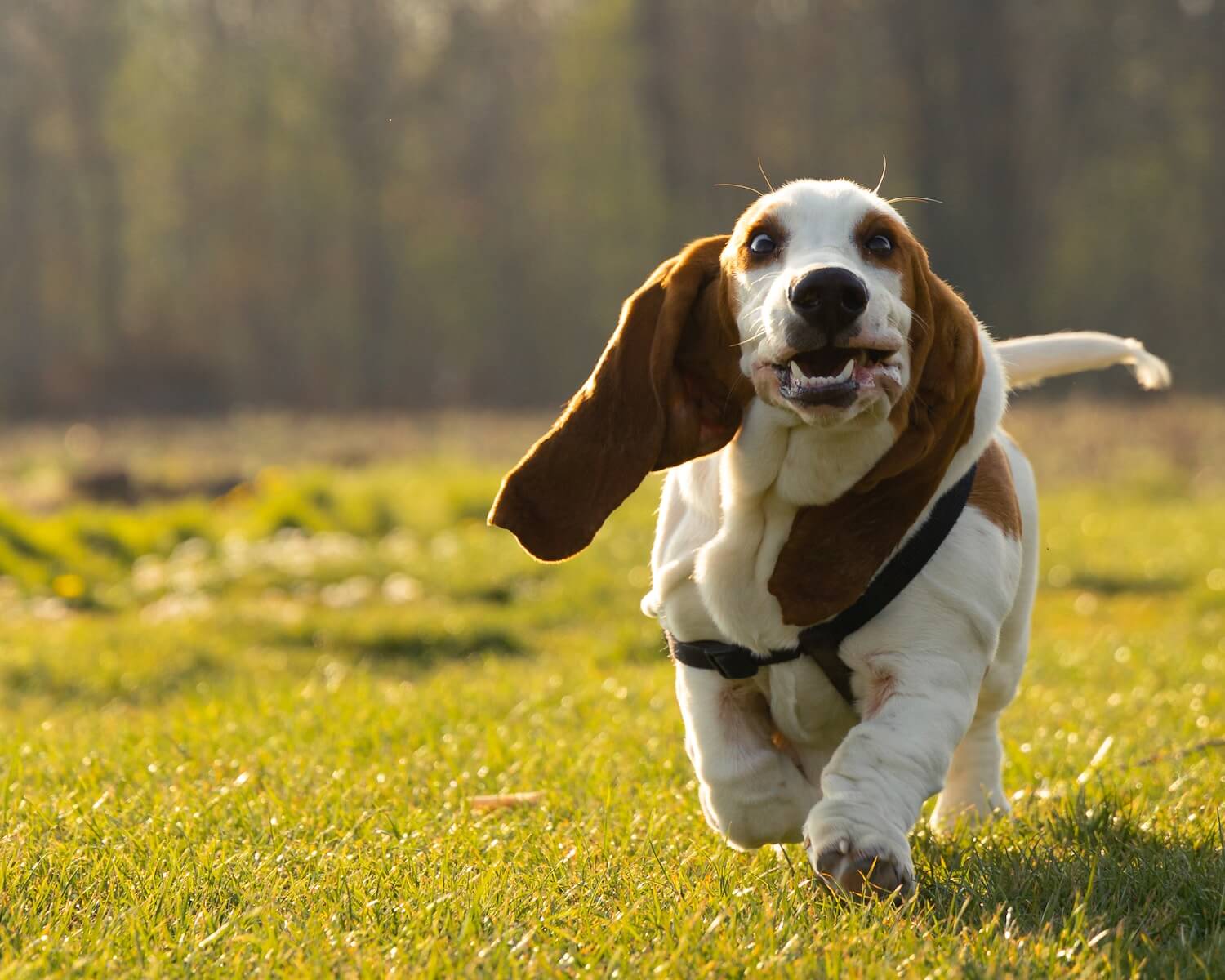
They aren’t the easiest to train, however. “The Basset Hound can follow a scent uninterrupted for miles, but training them isn’t always the easiest of tasks. That’s because, unlike some other breeds, Basset Hounds were bred to be independent hunters, and that can make them more stubborn than dogs that were bred to work closely with people,” explains Pets Radar.
“Basset Hound is best known for its long and floppy ears. However, when it comes to dog circles, this breed is known for having a great nose and a strong work ethic. Physically, these dogs are a bit similar to Bloodhounds, although they have fewer scent receptors. These famous tracking dogs also love being around other dogs, and they are even comfortable with being around horses,” adds Barking Royalty.
7. Labrador Retriever
The Labrador retriever is a medium to large-sized breed of retriever that originates from Newfoundland, Canada. “It’s no surprise that the most popular of all dog breeds also happens to be a popular hunting dog, too. Known for their intelligence, eagerness to please, and excellent demeanor with kids, Labrador retrievers, or labs as they are most often called, are fit at home and in the field. They are highly trainable and are hard workers, whether on land or in the water. Set them to any flushing or retrieving task, especially when duck hunting, and they aim to please,” comments Daily Paws.
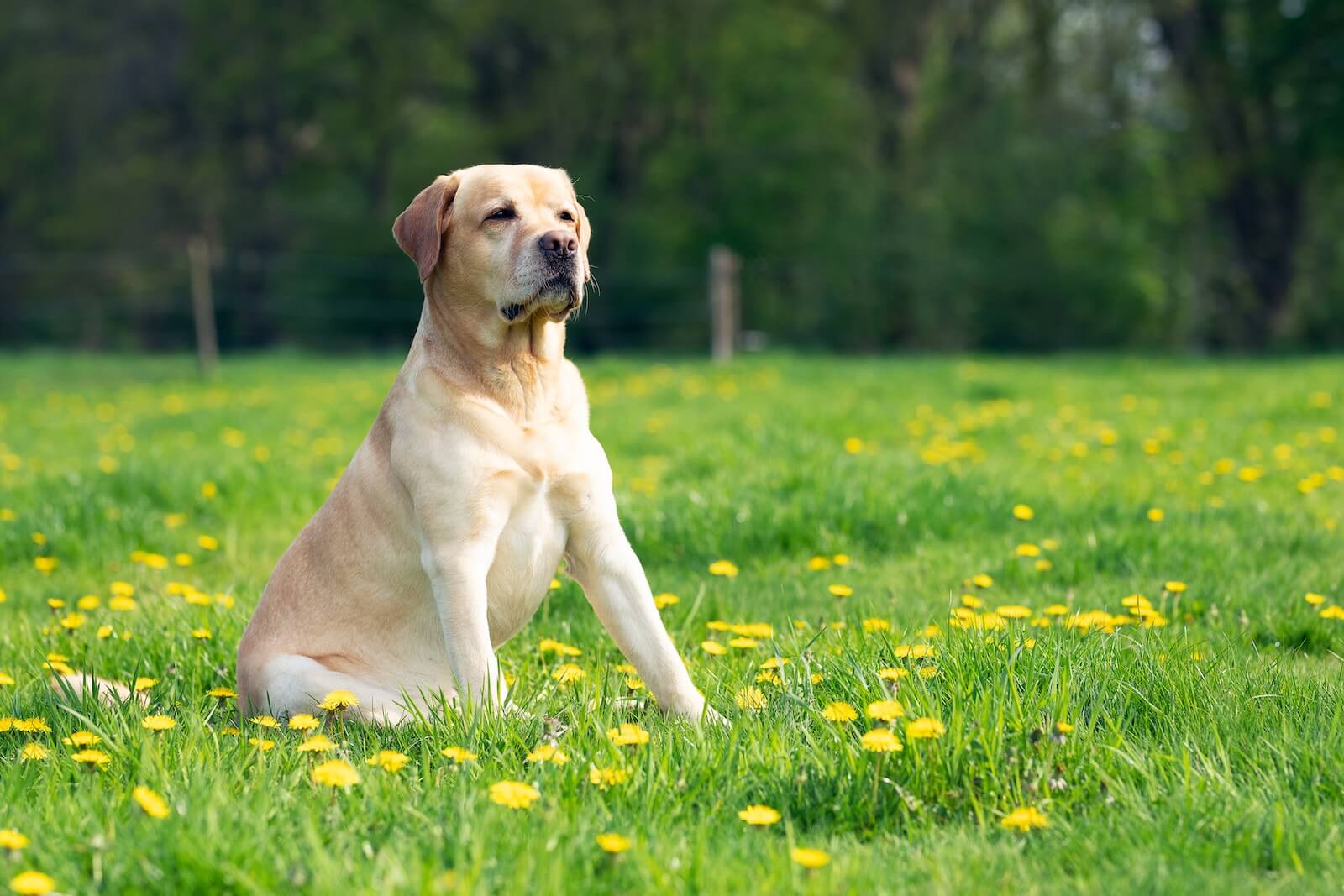
Known for their friendly and outgoing nature, Labradors are often used as assistance dogs, search and rescue dogs, and therapy dogs. “Labrador Retrievers are bird dogs with a long history of working in the water. Their thick double coat helps protect them from the cold, and their tail functions like a rudder in the water. As the name suggests, these dogs are pros at retrieving,” states PetMD.
“Labrador Retrievers are a favorite dog breed in the States. They are continually among AKC’s most popular dog breeds and for several reasons. Labs are highly trainable, they love being around people, and they are calm and easier to top, please. Plus, they enjoy outdoor activities and water, making them a great choice for active families and individuals. Thanks to their calmness and outgoing personality, Labrador Retrievers are often used as therapy dogs. Although they are mostly used as therapy dogs, they can still be seen as part of police forces and different military teams,” concludes Barking Royalty.
You might be interested in:
- Best Small Dog Breeds
- Most Laidback Dog Breeds
- Best Mutts
- Best Long-Haired Dogs
- Best Dog Breeds for Warm Climates
Sources:
- Sit Stay
- A-Z Animals
- Dog Time
- Pets Radar
- Barking Royalty
- Wag!
- Too Cute Dogs
- Pets Roof
- Dog Food Think
- PetMD
- Daily Paws
Note: This article was not paid for nor sponsored. StudyFinds is not connected to nor partnered with any of the brands mentioned and receives no compensation for its recommendations. This article may contain affiliate links in which we receive a commission if you make a purchase.
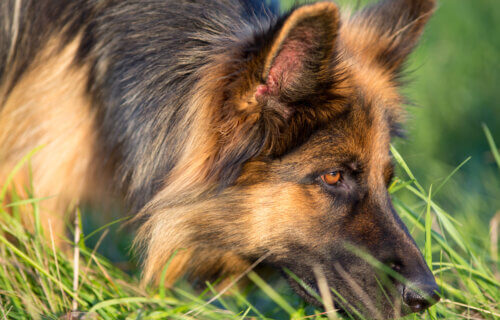
In a simple statistical sense you have the physical manifestation of regression toward the mean over time in some dimensions. My recollection is that with the bird beaks that Darwin (?) studied this species regression toward the mean over time did not occur. The environment, the hardness of the seeds to be cracked, increased and beaks became and remained bigger.